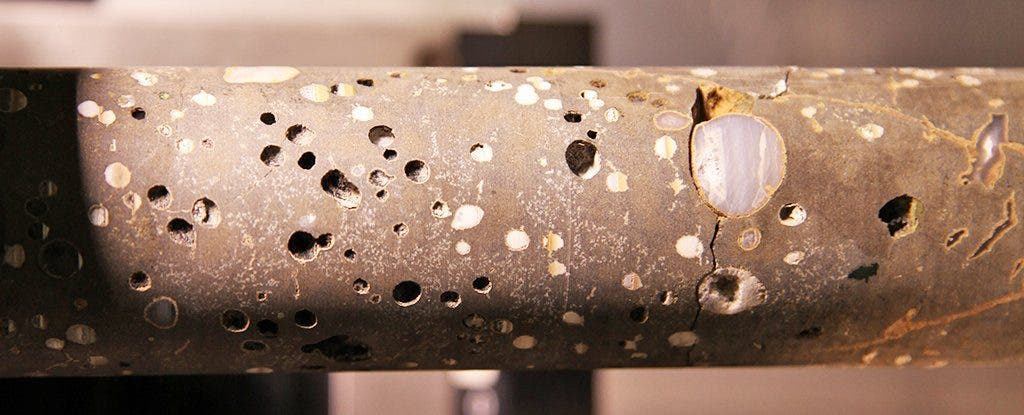As we previously reported, researchers have been testing a method of underground CO2 storage: injecting it into basaltic rock. Now, building on that work, undiluted CO2 was stored and in a much higher quantity: 1,000 tonnes of fluid carbon dioxide were safely stored in underground basalts in Washington.

Even in the most optimistic scenarios, we can’t completely eliminate all our greenhouse gas emissions. So if we want to become carbon-neutral or as close to it as possible, we’re going to need some ways of developing more “negative emissions”. Negative emissions are, as the name puts it, a way of retracting emissions from the atmosphere. Forests and kelp beds are often regarded as ways to reduce emissions, but they are only carbon sinks – they take existing carbon from the atmosphere and move it in the biosphere, a process which can be reversed by cutting trees or wildfires for example. Not to say that reforestation isn’t going to play a key role – because it is – but it’s technically not a negative emission.
Instead, researchers were thinking about something else: injecting carbon dioxide into the underground. Carbon Capture and Storage (CCS) is a field of science where CO2 is extracted from the atmosphere and stored underground. Geologists have mostly focused on existing voids, such as former oil fields, but that’s tricky because the fields are susceptible to leakage. So instead, they’re now turning to mineralizations – turning CO2 into minerals. Until now, this process was thought of as unpractical because it takes too long to solidify the CO2, but researchers from Columbia University, University of Iceland, University of Toulouse and Reykjavik Energy have found a way to make it work in recent years.
But while they first dissolved CO2 in water and injected it into a basalt formation, this new effort stored undiluted CO2. A team from the US Department of Energy’s Pacific Northwest National Laboratory (PNNL) had already shown that the chemical reactions could happen in lab conditions so they set out to test it in the field.
“Now we know that this mineral trapping process can occur very quickly, it makes it safe to store CO2 in these formations,” says researcher Pete McGrail. “We have been conducting laboratory tests on basalts from the region for several years that have conclusively demonstrated the unique geochemical nature of basalts to quickly react with CO2 and form carbonate minerals or solid rock, the safest and most permanent form for storage in the subsurface,” he added. “We know now that in a short period of time the CO2 will be permanently trapped.”
While previous efforts took place in Iceland, this time, they injected the fluid carbon dioxide into hardened lava flows some 900 meters (2,952 feet) underground, near the town of Wallula in Washington State. At that depth, basalt formations are rich in calcium, iron, and magnesium. When the CO2 is injected, these elements become unstable and then dissolve, forming ankerite, a carbonate material similar in some regards to limestone.
Their experiment was a definite success, and the carbon was bound to the basalt, never to escape again.
“[The CO2] can’t leak, there’s no place for it to go, it’s back to solid rock,” explains McGrail. “There isn’t a more safer or permanent storage mechanism.”
However, scaling this technique still remains problematic. Carbon storage is also expensive, and it’s unclear at this point how attempts to scale it up will affect its overall costs. The good thing is that basalt formations are plentiful around the world, but it’s also not clear just how big the absorptive capacity of the basalt really is. Global carbon emissions from fossil fuel use alone were 9.795 gigatonnes in 2014 and we’ve yet to understand just how much of that the basalts can suck up. So let’s not get overly excited just yet. It’s a promising technique and one that can definitely make a difference for global emissions, but we’re still miles away from actually make it work on a large scale. Let’s all head to the ‘cautiously optimistic’ room for now.
The findings are published in Environmental Science & Technology Letters






